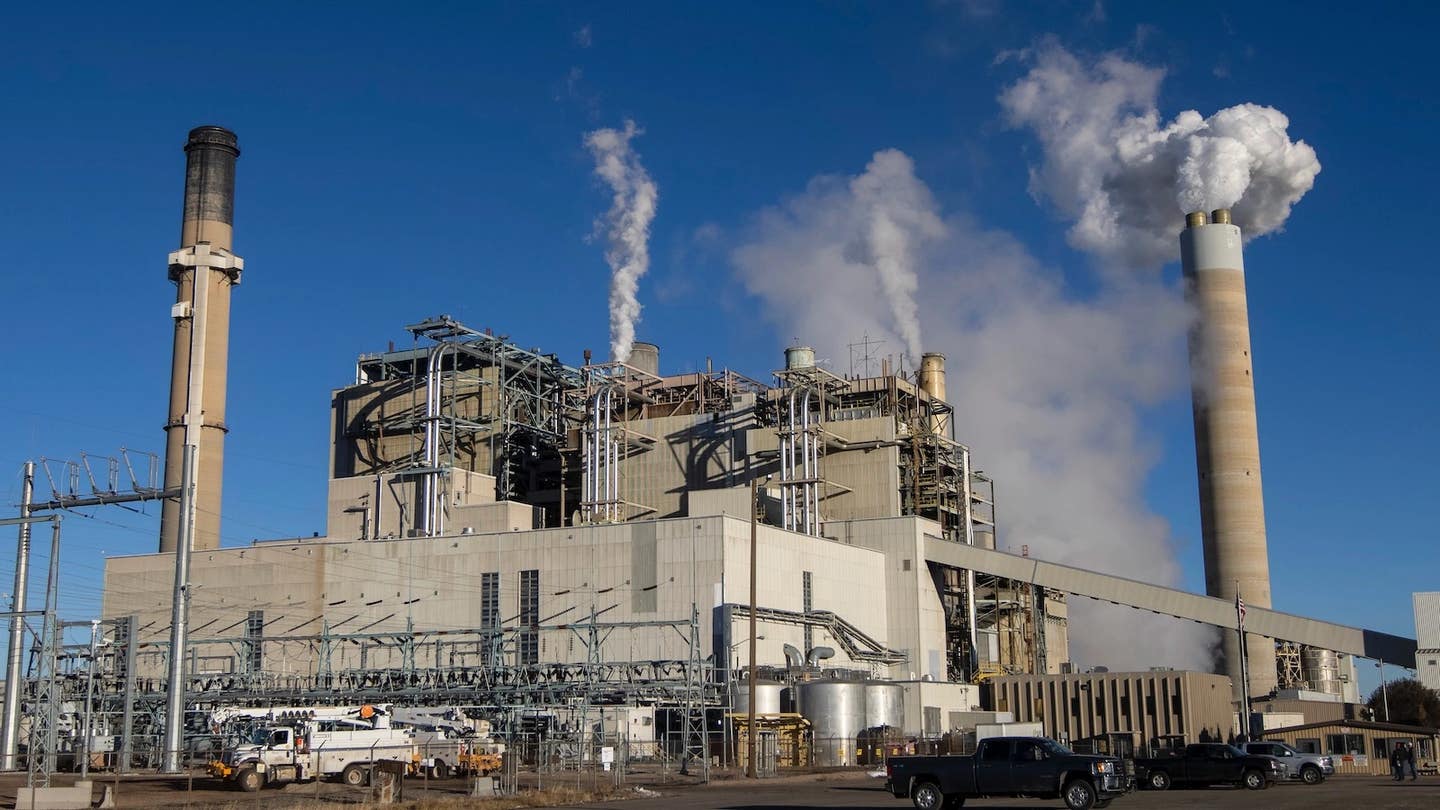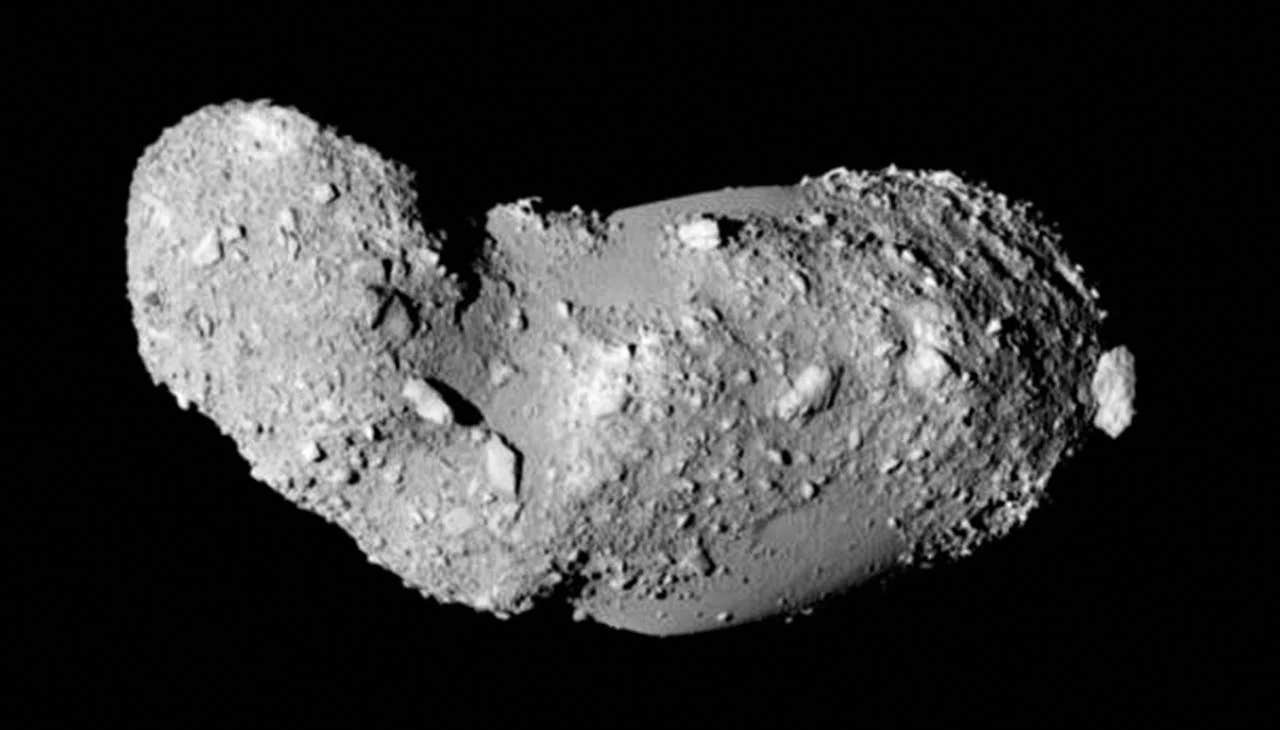AI could help power plants capture carbon using 36% less energy, study finds
Carbon capture technology received a significant boost in its quest to combat climate change, thanks to a groundbreaking study

Carbon capture technology received a significant boost in its quest to combat climate change, thanks to a groundbreaking study. (CREDIT: Natalie Behring/Getty Images)
Carbon capture technology received a significant boost in its quest to combat climate change, thanks to a groundbreaking study conducted by scientists at the University of Surrey.
Harnessing the power of artificial intelligence (AI), these researchers have revolutionized the carbon capture process, making it more efficient and environmentally friendly than ever before.
Traditionally, carbon capture systems have operated on a fixed schedule, regardless of the changing external conditions. However, this study demonstrates that teaching these systems to adapt in real-time can yield remarkable results in terms of energy efficiency and carbon dioxide (CO2) capture.
Professor Jin Xuan, Associate Dean of Research and Innovation, expressed their findings succinctly, stating, "Usually, carbon capture systems run constantly, at the same rate – regardless of the externally changing environment. But we showed that teaching the system to keep making small adaptations can produce big energy savings – and capture more carbon at the same time."
Related Stories
To comprehend the significance of this breakthrough, it's crucial to understand the basics of carbon capture technology. When power plants burn fossil fuels, such as coal, they release CO2 into the atmosphere, contributing to the greenhouse effect and global warming.
The conventional method for capturing this emitted CO2 involves passing the flue gas through water containing limestone. During this process, the CO2 reacts with the calcium carbonate in the limestone, transforming it into harmless bicarbonate—a phenomenon known as "enhanced weathering."
However, this method requires energy, primarily to pump both water and CO2. The carbon capture plant in this study had its own wind turbine for generating energy, but during periods of calm weather, it needed to draw additional power from the National Grid. This dependency on grid energy prompted researchers to seek a more efficient solution.


Professor Jin Xuan (Left) and Dr Lei Xing (Right). (CREDIT: University of Surrey)
Enter artificial intelligence. By using AI, the scientists trained a model system to predict variations in CO2 levels and renewable energy availability, enabling it to optimize its operations. The system could now reduce water pumping when there was less CO2 to capture or when renewable energy sources were scarce.
The result was a remarkable increase in carbon capture efficiency, with a 16.7% boost in CO2 capture and a 36.3% reduction in energy consumption from the National Grid.
Schematic representation of (A) enhanced weather packed bubble column reactor and (B) the model predictive control framework developed to maximize enhanced weathering reactor CO2 capture rate, whilst simultaneously minimizing non-renewable energy consumption. (CREDIT: Reaction & Chemistry Engineering)
The implications of this study extend far beyond the lab's walls. The team believes that their findings have the potential to transform carbon capture practices across the industry, aligning with the United Nations' Sustainable Development Goals 7, 9, 12, and 13, which aim to ensure access to affordable and clean energy, foster innovation, promote responsible consumption and production, and take urgent action to combat climate change.
Dr. Lei Xing, Lecturer in Digital Chemical Engineering and a Fellow of the Institute for Sustainability and the Institute for People-Centered AI, emphasized the broader applicability of their model. "Although we tested our model on enhanced weathering, the principles apply more widely. Our model could help anybody trying to capture and store more CO2 with less energy – whatever the process they're using."
Impact of reactor parameters (x1: superficial liquid velocity; x2: superficial gas velocity; x3 CO2 inlet concentration) on time to return to equilibrium for eight scenarios (A–H) of the permutations of the maximum and minimum values of x1, x2 and x3. (CREDIT: Reaction & Chemistry Engineering)
In a world grappling with the urgent need to reduce greenhouse gas emissions and combat climate change, the University of Surrey's innovative approach to carbon capture offers a glimmer of hope. By harnessing the power of artificial intelligence to optimize energy consumption and CO2 capture, these scientists have taken a significant step towards a more sustainable future.
Their research, published in the journal Reaction & Chemistry Engineering, not only presents a groundbreaking solution but also underscores the vital role that AI and innovation will play in addressing the pressing challenges of our time.
Note: Materials provided above by The Brighter Side of News. Content may be edited for style and length.
Like these kind of feel good stories? Get the Brighter Side of News' newsletter.
Joshua Shavit
Science & Technology Writer | AI and Robotics Reporter
Joshua Shavit is a Los Angeles-based science and technology writer with a passion for exploring the breakthroughs shaping the future. As a contributor to The Brighter Side of News, he focuses on positive and transformative advancements in AI, technology, physics, engineering, robotics and space science. Joshua is currently working towards a Bachelor of Science in Business Administration at the University of California, Berkeley. He combines his academic background with a talent for storytelling, making complex scientific discoveries engaging and accessible. His work highlights the innovators behind the ideas, bringing readers closer to the people driving progress.



